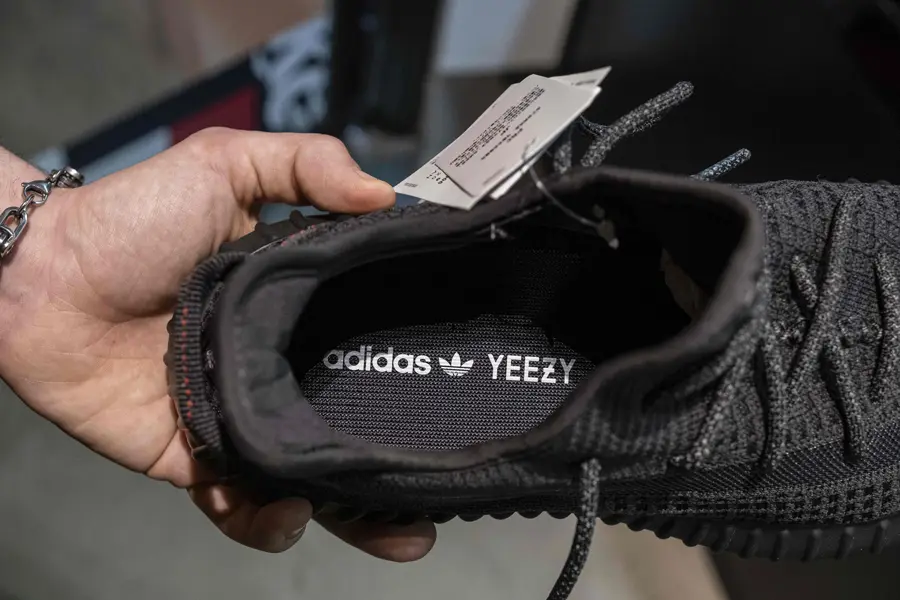Football boot history
The first pair of football boots noted in history are those made for King Henry VIII of England, who ordered a pair from his Great Wardrobe in 1526. Pre 1891 nothing was allowed to project out of the shoes worn by a footballer, a revision then lead to the use of small studs or bars and football boots were born.
1800's
Football during this time period become increasingly popular especially in England, the majority of people were playing in work boots which were very hard and heavy and not designed for running or kicking, they often had steel caps which meant if you tackled someone and ended up kicking them by accident well you can imagine it wouldn’t feel very nice. Later on these boots had metal tacks or studs put into the bottom of the boot so players had more grip and wouldn’t slip over, later on in this period the first ever official football boots were made from leather, they were heavy and thick and went right up to your ankle. They would weigh around half a kilogram and double this when wet.

This period of 1900 to 1940 was dominated by world wars, so football boots stayed very much the same, the likes of Valsport and Gola (originally known as Bozeat) become popular makes during this period.

During the 1940-1960s the WWII was finishing and the design of the boots were changing drastically, they become lighter and flexible, the idea of creating boots that were solely for protection was dropped and a focus on a boot that would be light, agile and give the user a better kick were main factors for new boots. The end of this period saw a lighter than ever boot that had a lower top so it gave users a more flexible boot.

Boots became even lighter and now colours were introduced in the Seventies so that players didn’t only have an option of black or black, they could have a variety of colours. The first white boots and first other than black pair were the idea of Hummel, Marketing Director Brian Hewitt. They were worn Everton’s Alan Ball in the 1970 Charity Shield match, where he was referred to as twinkle toes by the commentator.

The eighties were a time of the birth of modern classics of the game, with the Copa Mundial and Puma king being popular on players feet, leather was the material of choice, being designed with now for both, comfort and performance.
Accordion
70/30 Page Title
Versioning

Useful Links
Helpful access to CIPS Exams
Triathlon Fundamentals
Fundamentals of Triathlon
Swimming
ccccc
Cycling
ccccc
Transition
TTTTT
In the Scottish publication, novice golfers are advised to wear stout shoes "roughed with small nails or sprigs" to walk safely over slippery ground.
One of the earliest references to spiked golf shoes appears in an 1857 issue of The Golfer's Manual.
Golf Shoe Evolution and Historical Vintage Golf Shoe Designs Have Changed Considerably Over The Years.
Gillie or Ghillies are Oxfords without a tongue, laced across the instep often with fringed laces and worn with kilts, or plus fours, and argyle socks for golf. The word “gille” means “boy” or porter in Scottish Gaelic and came from the Old Irish “gilla” from “gildae”.
Kilties are oxfords with a tongue of fringed leather that is draped over the instep and covers the laces and eyelets. The style was a popular golf shoe (see Gillie), but has transferred to slip on shoes.
Saddle Oxfords: Saddle or “Saddle Oxfords” are characterized by a separate “saddle” shaped piece of leather at the instep. The saddle can be the same color or different. The shoes were called duotone if the saddle was a different color than the rest of the shoe. Spalding introduced the "saddle oxford" style of shoe with an extra saddle-shaped piece of leather around the laces in 1906.

Spectator or Co-respondent shoes are two color shoes, usually white and black or brown. They can be two colors of leather or leather and canvas. They are usually considered a non-business shoe and worn only during the summer season as sporting and hunting footwear, but by the 1880’s had transcended into fashion.
Wing Tips In 1925 golfer Walter Hagen (1892 –1969) introduced the two-tone black-and-white wing tip to America at the swank Lido Club on New York's Long Island. The very next year, Bobby Jones championed brown-and-white two-tones, setting the pace for inventive color combinations to come, including tan with brown as well as black with brown.
Golf shoes were fairly stiff since their inception, but as running shoes and other athletic footwear became more flexible and "wearer-friendly" in the 1980s, golf shoes also started to focus on foot support and comfort as well as style. Soon tennis style golf shoos and golf sandals were being produced.
Family Cars
30 poercent page titel description

Expanded Options
Humble in Victory is an attitude all golfers should aim for as the game in itself will humble you regularly
Triathlon Fine tuning
Fundamentals of Triathlon Conditioning fine tuning
Zone 2 Conditioning
Zone 2 is the baseline of a strong aerobic base
Zone 3 Conditioning
Zone 3 is a training zone often ignored
Conditioning Zone 4
dddddd
Conditioning Zone 5
ddd




